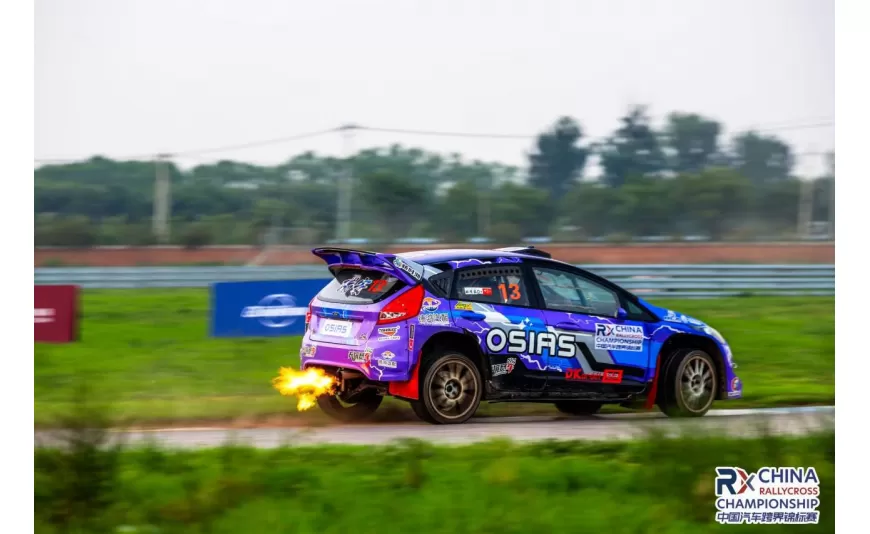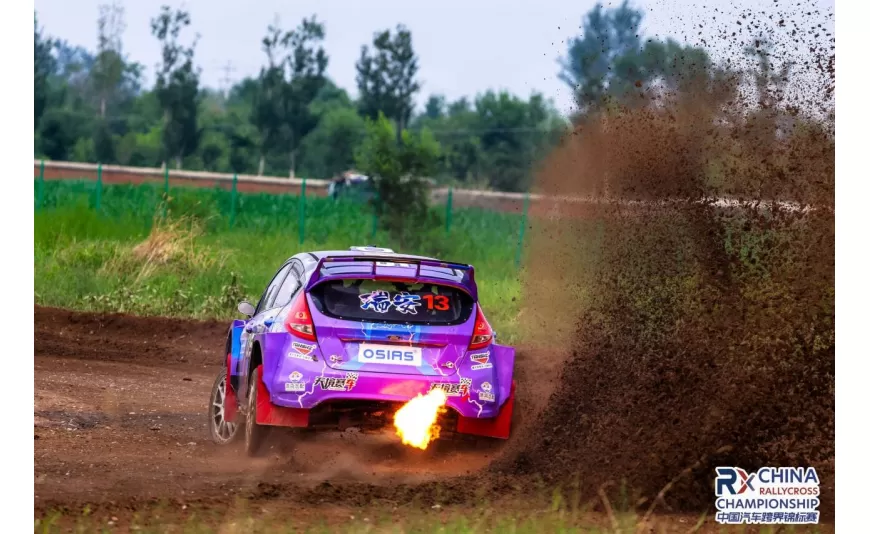In this Beijing competition, our team’s car spewed fire from the rear. Why does a racing car spit fire? What is the principle behind the fire spitting out of the rear of the car? Let’s answer it below.
In fact, the principle behind the fire-breathing sports car is a system called "off-time ignition". The English name is "Anti-Lag System", or ALS system for short. It is an electronic device used in rally or drag racing. Its basic function is to reduce the effect of turbo sluggishness.
Off-time ignition is to stop the ignition action when the oil is retracted and the gear is shifted, and the oil and gas are deliberately allowed to enter the exhaust head section after the exhaust valve is opened. The temperature of the head section is extremely high, and the oil and gas will explode as soon as they come into contact (this is where the crashing and explosion sound we hear is produced). The strong explosion pressure will push the exhaust blades of the turbine, which will cause the supercharged end blades in the turbine to move at high speed. Run and continue to pressurize, the vehicle will have a pressurizing effect even at low speeds or when shifting gears to collect fuel.
We know that one of the most important reasons why many people have always been in love with naturally aspirated engines is that they do not have the delay phenomenon of turbocharged engines. The power output is relatively linear. As long as you step on the accelerator, you can feel the thrust immediately.
However, the turbocharged engine is different. The intervention of the turbine is more or less delayed. This is because when a turbocharged vehicle encounters a situation such as deceleration when entering a corner and needs to collect oil, it usually encounters a problem. The decrease in engine speed will lead to a decrease in the exhaust gas volume, thereby reducing the turbine pressure and the wear and tear of the turbine blades. The speed drops. As a result, when the vehicle needs to accelerate again after exiting a corner, it has to wait for the turbine to start positive pressure, resulting in turbine lag.
The emergence of offset ignition technology is to solve the problem of turbo lag.
The principle is that when the driver releases the accelerator in intense driving mode, the trip computer will not immediately close the throttle, but will continue to keep it open to intake air. At the same time, the fuel injection system will continue to inject fuel into the engine cylinder. The difference is that the ignition timing of the spark plug has changed. The ignition time is no longer at the beginning of the third stroke, but when the oil-air mixture enters the exhaust pipe.
The off-time ignition system will make a "bump...bang..." noise when in use, and a blazing flame will emit from behind the exhaust pipe, which makes people's blood boil. It first originated from WRC events. In extremely tricky continuous curves, a car equipped with this system can decelerate into the corner and immediately exert powerful acceleration force when exiting the corner at the fastest speed. Therefore, it is said that the offset ignition system It is not an exaggeration to say that it was born in response to a curve.
Click here to learn more about OSIAS:High Pressure Fuel Pump;Secondary Air Injection Pump;Fuel Pressure Regulator
Tags: High Pressure Fuel Pump














Write a comment